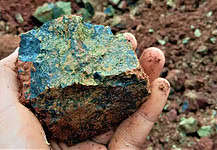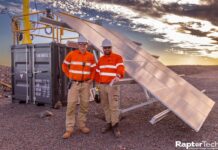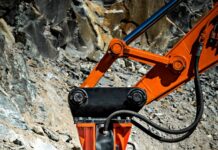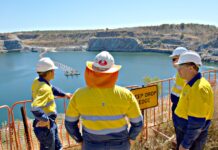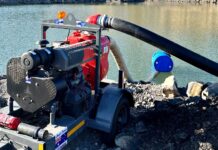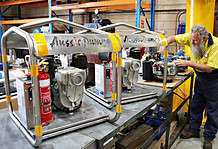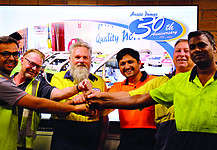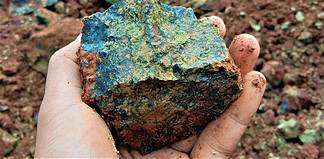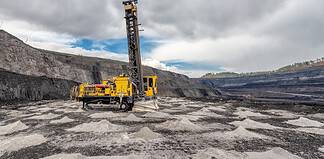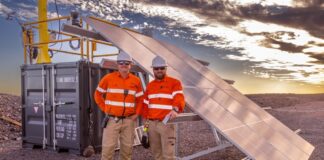TECOM Australia has many strings to its bow. In addition to innovative underground communications and SIL hazard reduction technologies, it also designs and builds custom gas monitoring, evacuation and storage systems for the coal mining industry.
A significant burden to most coal mining operations is the accumulation of explosive and noxious gases like methane, which congregate in the ceiling of underground tunnels and voids.
The real problem arises when these gas levels build to the point where they present an asphyxiation or explosion risk to workers.
These gases must be removed in order to make the coal seam safe for mining.
The first step in mitigating this risk is monitoring gas levels with a dedicated tube bundle system, which constantly samples and tests gas concentration from as many as 60 points in a given area to provide early warning of dangerous conditions.
Working hand-in-hand with the monitoring system is a gas evacuation, or drainage, system that actively extracts these hazardous gases and returns the underground atmosphere to safe working levels.
As the volume of gas flowing into these voids varies from mine to mine, Tecom Australia must first measure this inflow, then analyse the results and finally design and construct a plant capable of safely draining the methane and other gases.
Typical methane inflow can be around 3000l/s – 10,800m3 per hour – an enormous volume to continuously evacuate in order to keep the mine safe for coal excavation.
According to the volume of gas that must be removed, Tecom can build either a mobile plant that travels with the progress of the long wall, or a large fixed plant where only the extraction manifold and piping are extended as mining moves ahead.
Evacuation of the gas is typically via two or three large pipes that protrude through the ceiling of the tunnel and feed upwards into the manifold that leads to the gas plant.
Special pumps, that use water to seal and create a vacuum, are used to transfer the flammable gas.
By eliminating any metal-to-metal contact within the pump, the chance of accidental ignition is eliminated.
Regardless of whether a fixed or mobile plant is employed, the evacuated gases can be disposed of in one of four ways:
Flared.
The gas is burned in a flare which converts the very dangerous greenhouse gas, methane, into less dangerous carbon dioxide. Heat from the flaring process can be used for ducted heating in colder climate or even used to heat water for a variety of uses.
Fuel source.
The methane gas can be collected and used to fuel natural gas turbines to generate electricity.
This electricity can then be used to power the mine site, reducing operating expenses by harnessing a by-product of the mining process. Excess power can also be returned to the grid to generate another cashflow stream for the operation, thus translating the burden of noxious gas into a potential profit centre.
Compress and store.
The extracted mMethane gas can be compressed on site into CNG or LNG, stored in tanks and either sold as a separate product or used on site for vehicle fuel or power generation.
Vent.
This is the least environmentally responsible option. The extracted gas can be vented to atmosphere but as Methane is such a harmful greenhouse gas, this option should be avoided wherever possible. Especially when the wasted gas is a valuable commodity in its own right.
Tecom’s gas monitoring, evacuation, processing and storage solutions use the latest technology to provide proactive control of dangerous coal seam gases.
Its technology not only ensures a safe working environment but also the opportunity to use these by-products to reduce internal costs or create additional revenue streams.
Tecom is the only Australian contractor to build and deliver complete control over the supply chain to clients.
To view a video that further explains Tecom Australia’s gas monitoring and evacuation plants, click on the following link:
Source:
Tecom Australia
(02) 4968 0000
www.tecomaus.com.au



